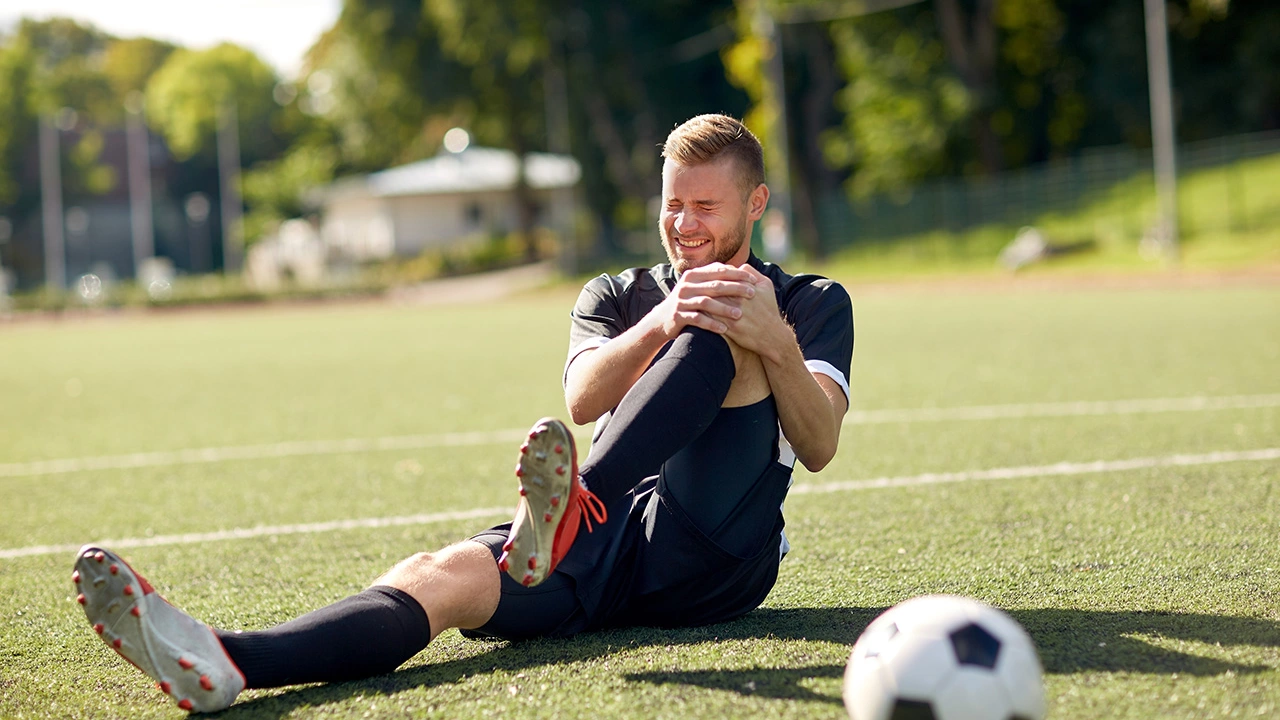Sports Health and Fitness: Stay Strong, Play Smart
Did you know that most soccer injuries involve the knees? It’s not a mystery – the game demands constant twists, sudden stops, and hard impacts. If you love the sport, you’ll want to protect the joints that keep you moving.
Why Soccer Takes a Toll on Your Knees
Every time you sprint down the wing, change direction, or jump for a header, your knees absorb a huge amount of force. The rapid cutting motions create shear stress, while landing from jumps adds compression. Add in occasional collisions with other players and you have a recipe for wear and tear.
Playing on hard surfaces like concrete or compacted grass makes the problem worse. The harder the ground, the more shock your knees have to absorb. Over time, that repeated stress can lead to cartilage breakdown, ligament sprains, and chronic pain.
Simple Steps to Keep Your Knees Healthy
Warm up properly. Spend at least 10 minutes doing dynamic stretches – leg swings, high knees, and shallow lunges. This gets blood flowing and loosens the joint before the intense work starts.
Strength the muscles around the knee. Focus on the quadriceps, hamstrings, and glutes. Exercises like body‑weight squats, split squats, and glute bridges build a solid cushion that reduces the load on the joint.
Work on flexibility. Tight hips or calves pull the knee out of alignment. Incorporate static stretches after training – a seated hamstring stretch and a calf wall stretch can make a big difference.
Choose the right footwear. Shoes with good lateral support and proper cushioning protect your knees from shock. Replace them every 6‑8 months or when the tread shows significant wear.
Listen to your body. If you feel a twinge or swelling, don’t push through it. Rest, ice, compression, and elevation (the R.I.C.E. method) can stop a minor issue from becoming a major injury.
Add low‑impact cross‑training. Cycling, swimming, or elliptical work keep your cardio up without pounding the knees. Mixing these activities into your weekly routine helps maintain fitness while giving the knees a break.
Recovery isn’t optional – it’s part of the training plan. Getting enough sleep, staying hydrated, and fueling with protein and anti‑inflammatory foods (like berries and omega‑3 rich fish) speeds up tissue repair.
Finally, consider seeing a physio or sports doctor if you notice recurring pain. A professional can spot imbalances, suggest targeted exercises, and guide you back to the field safely.
Take these steps today, and you’ll notice stronger, more resilient knees. That means fewer missed games and more time doing what you love – chasing the ball on the pitch.

Why do soccer players have bad knees?
by Caspian Montgomery / 17 Jul 2023In my experience, soccer players often deal with bad knees due to the nature of the sport. The constant twisting, turning, and sudden changes in direction can be hard on the knees, leading to wear and tear over time. Also, the impact from jumping and landing, as well as collisions with other players, can result in injuries. And let's not forget that playing on hard surfaces can exacerbate these issues. It's crucial for players to ensure they're taking care of their knees to keep them healthy and game-ready.

